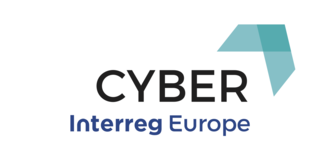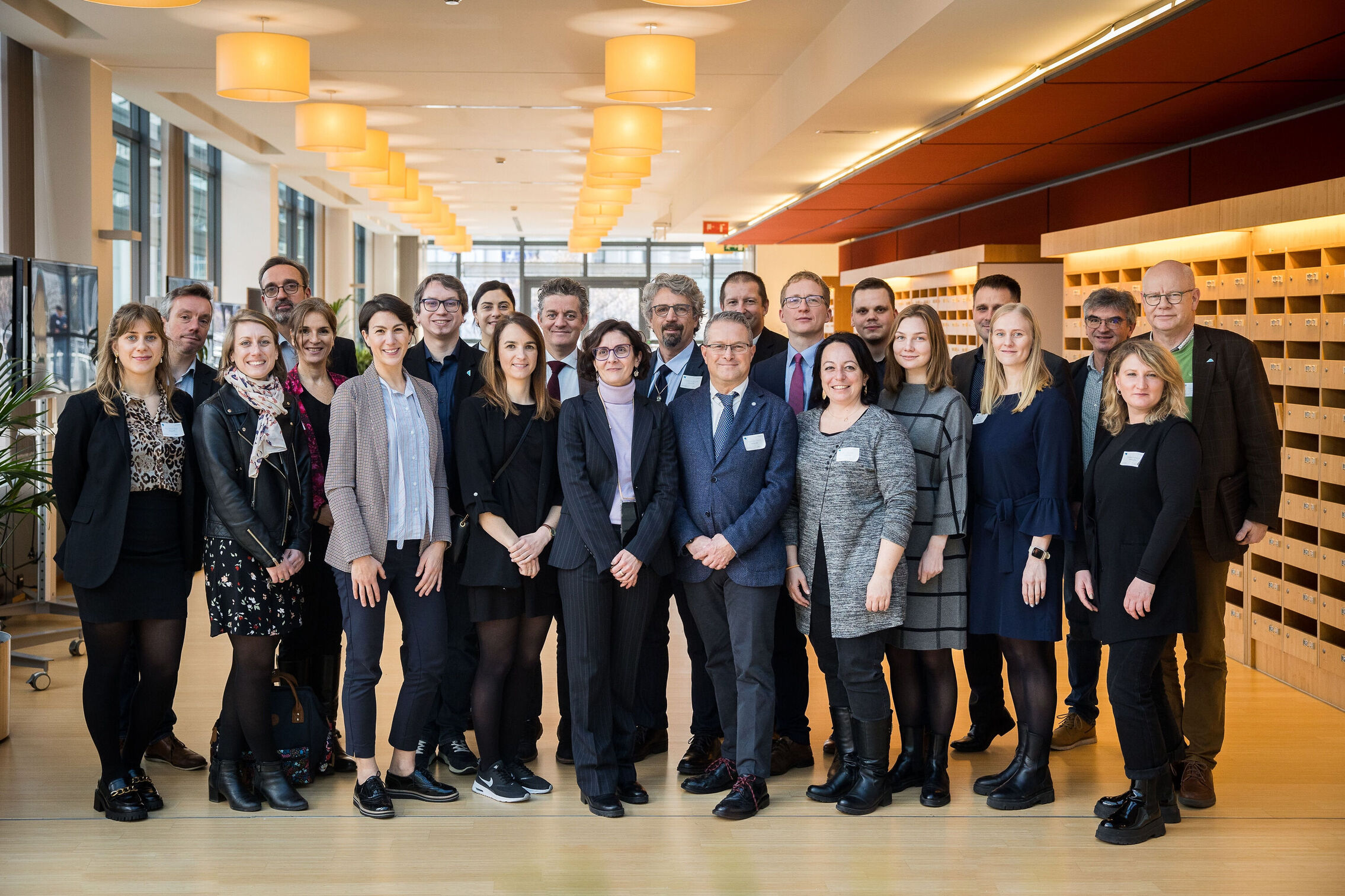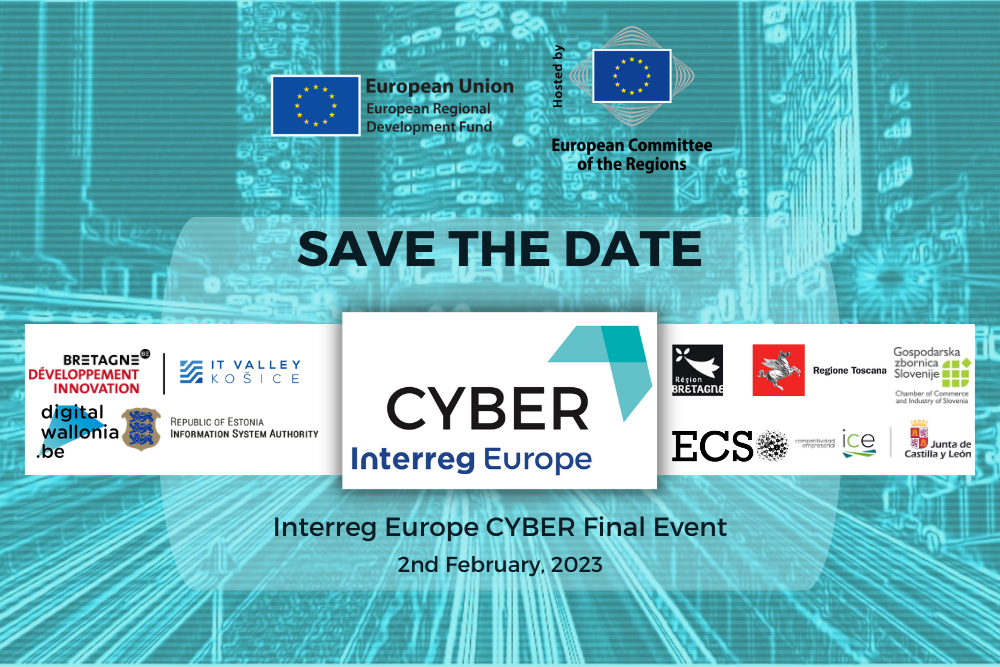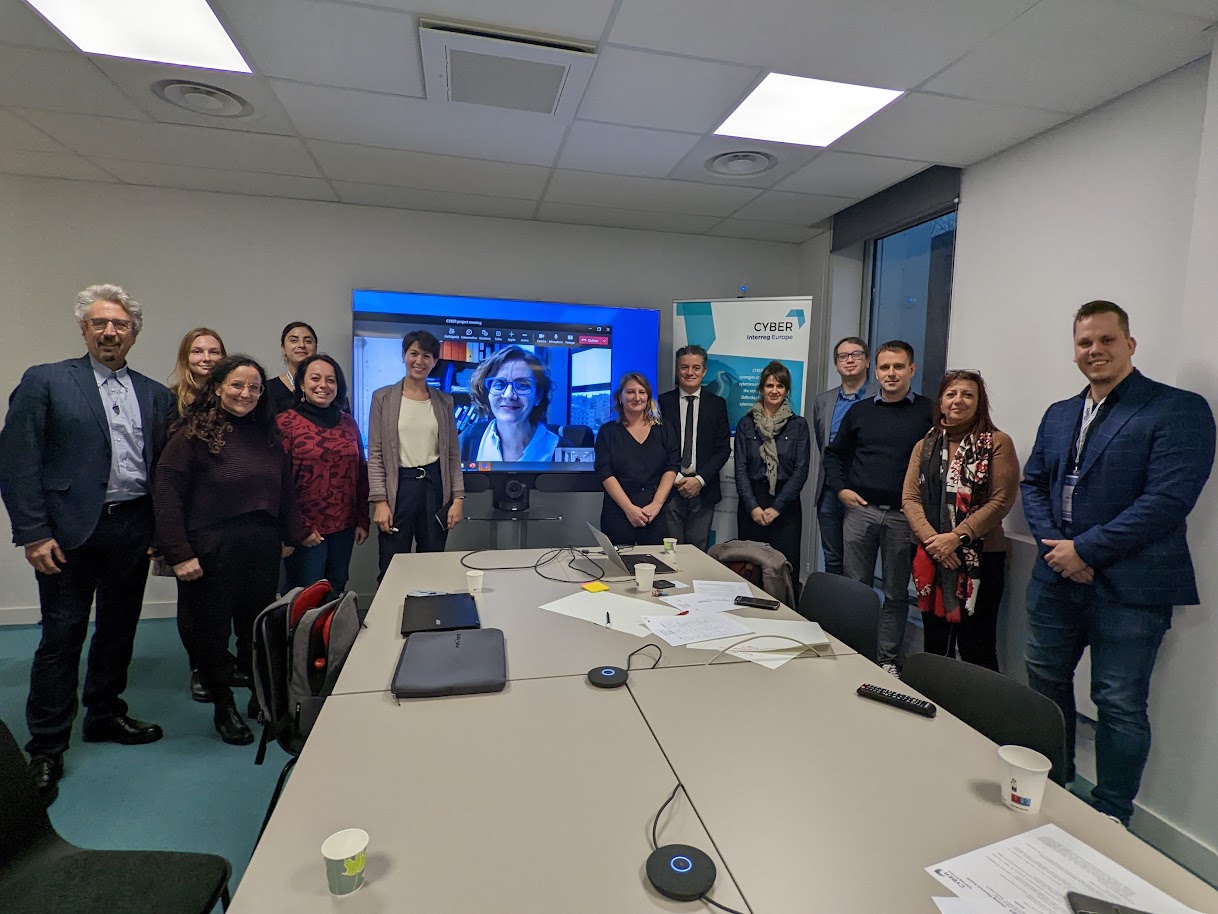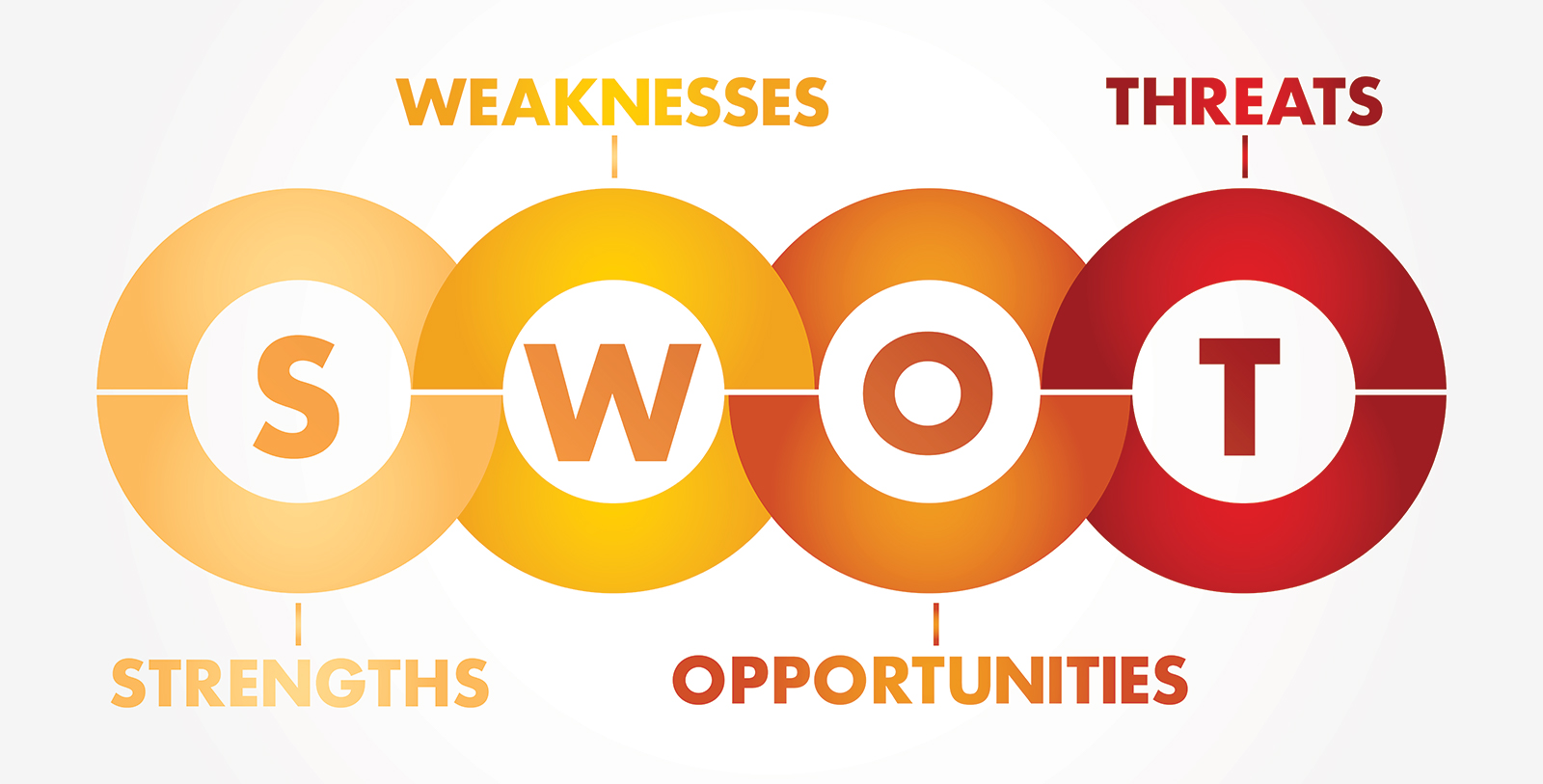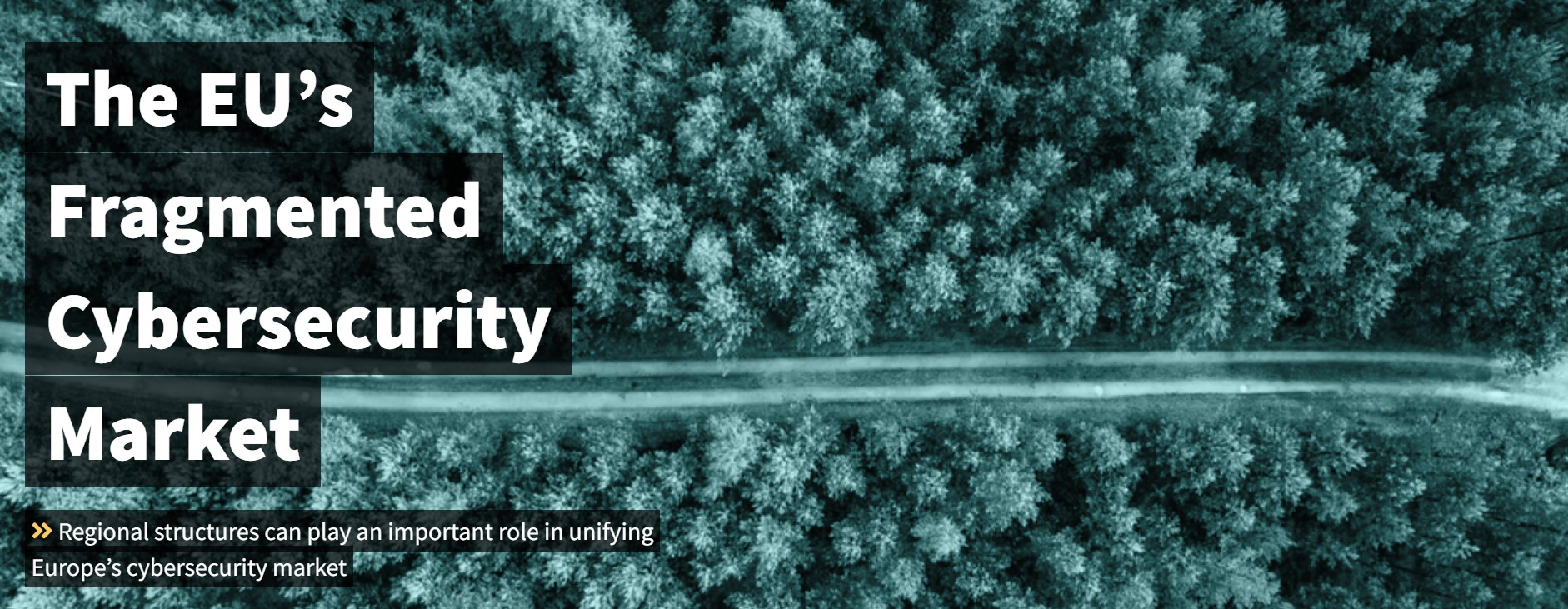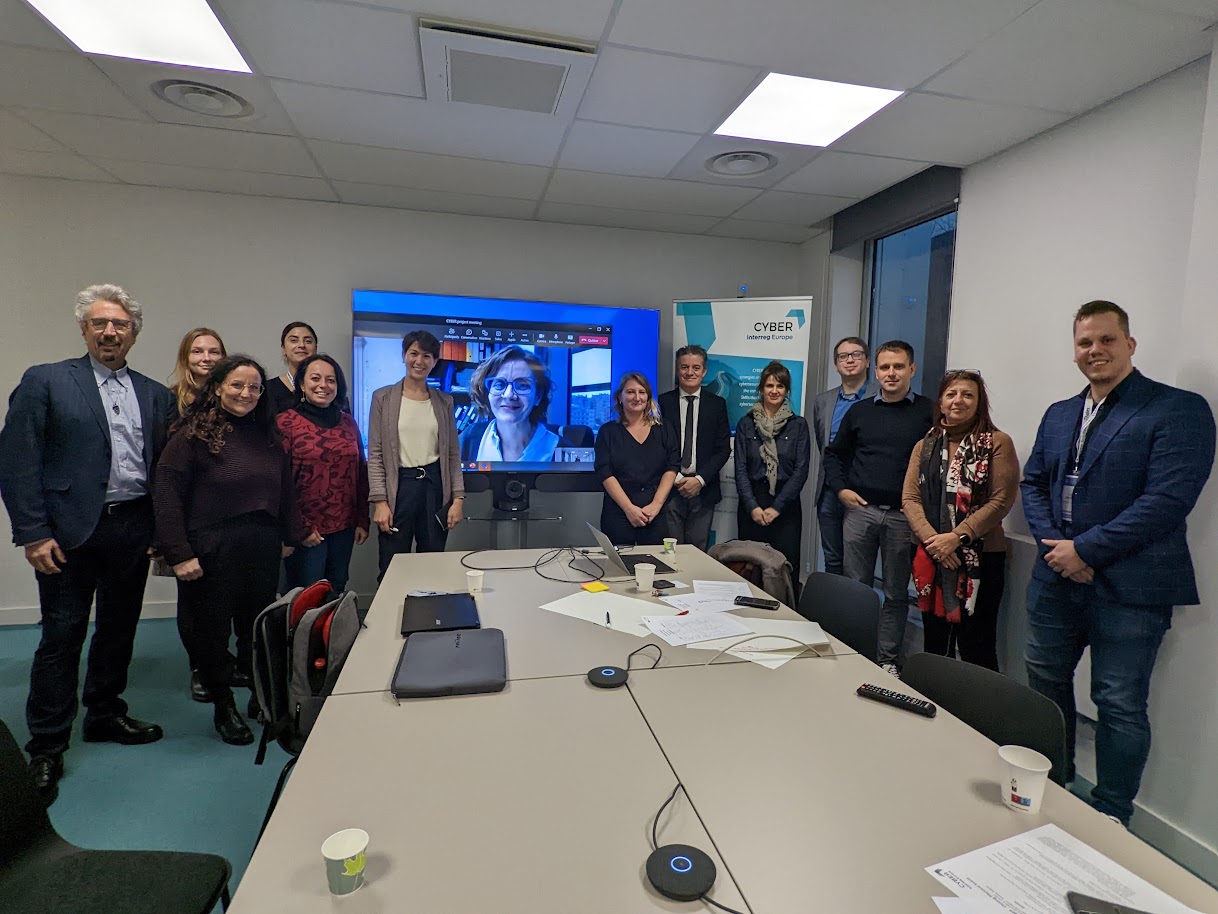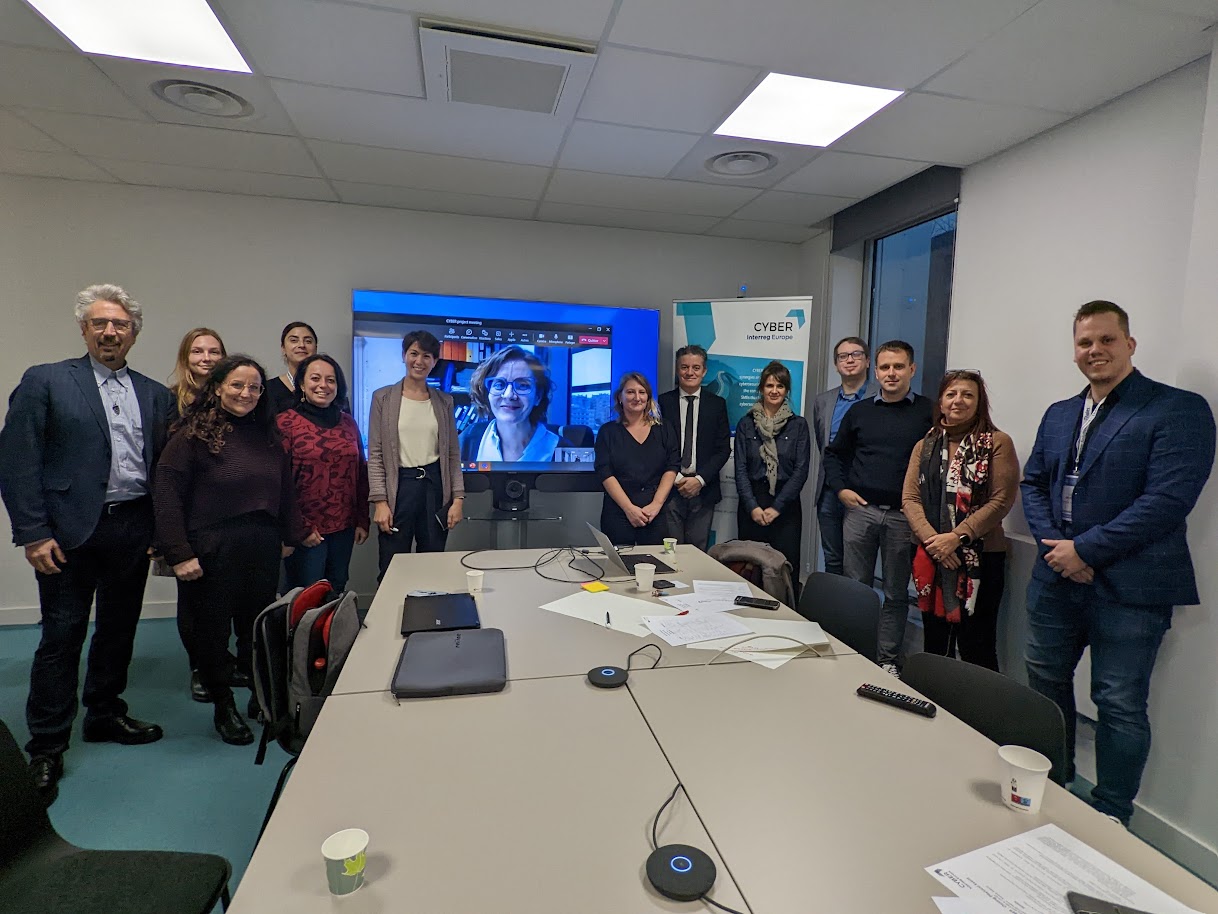On the 16-18 November, Interreg Europe CYBER participated in the European Cyber Week based in Rennes, which attracted more than 4000 visitors. The event was organised by the Interreg Partners BDI and Region Bretagne and included the participation of Digital Wallonia, Tuscany Region, the Estonian Information System Authority (RIA), and ECSO.
With a series of talks taking place on 17 November, the conference on Europe’s Cyber Ecosystems was organized to offer visibility to the results of the 1st Phase of the Interreg Europe CYBER project and to highlight the importance of having local stake holders (e.g. private companies) participate in the discussion with public authorities, as demonstrated in the round table discussion. Particular attention was also directed to the role of cybersecurity in the Health Sector, being targeted specifically in the first round table.
The session kicked off with opening remarks from Jérôme Tré-Hardy (Regional Delegate Advisor on Cybersecurity, Digital Services and Data for Brittany Region), Athanasios Drougkas (Cybersecurity Expert from ENISA), and Luigi Rebuffi (Secretary General of ECSO). A key theme was the importance of a macro-European vision capable of integrating end-users in cybersecurity, notably with the example of the health sector.
The first round table addressed Interregional Cooperation through a focus upon Cyber Ranges and Health, presenting good practices developed under their respective different projects. With the participation of François Fleith (CEO of CAPFIDENCIA, Expert at the Pôle d’Excellence Cyber Bretagne), Martin Moreau (Cybersecurity Analyst at Amossys), Ege Tamm (Cybersecurity Analyst at RIA), and Gianluca Vannuccini (Director of “Information Systems, Technological Infrastructurem and Innovation” at Tuscany Region), the discussion took a range of perspectives on the topic. One notable takeaway from Mr. Fleith was the process established to work in cooperation with different regions; a process which includes mapping, research and simulation, and partnership with actors including the European institutions and external private actors. Amongst the other conclusions of the discussion, Ms. Tamm highlighted the importance of trust and trust-building measures like information sharing in order to achieve a strong, collaborative cybersecurity network, using the example of Estonia's healthcare sector to support her points.
Following on, the second round table was focused upon European Digital Innovation Hubs and their role in interregional cooperation to help grow SMEs. The panel included Hervé Saliou (CTO at Images & Réseaux), Jean-Luc Gibernon (Business Development Manager at Sopra Steria, VP at the Pôle d’Excellence Cyber Bretagne), Hassan Triqui (CEO of Secure-IC), and Jeremy Grandclaudon (Cybersecurity Expert at Digital Wallonia), inciting an active discussion occurred as to the implementation of EDIH, the opportunities they offer and the requirements necessary for them to succeed. Some of the other key themes brought forward by the speakers concerned not only EDIH implementation and success but also the ongoing digital transformation and the impacts upon SMEs, start-ups, and supply chains.
“The “European Digital Innovation Hubs”, which will be deployed in 2022, are an illustration of European interregional cooperation to strengthen the competitiveness of SMEs: among the 200 expected hubs, several dozen will be specialized in cybersecurity. As coordinator of the EDIH Bretagne project, I will now be able to work with my Walloon counterparts, and more generally with other EDIH Cybers, with the support of ECSO, which will allow us to share good practices and build skills and offer new development opportunities to our ecosystems”, said Hervé Saliou.
The conference concluded with Martin Übelhör (Head of Sector for the Cybersecurity Industry and Innovation Unit at DG CNECT, European Commission) who underlined the importance of creating a regional framework and provided some final additions on the topic of EDIH from the DG CNECT point of view.
